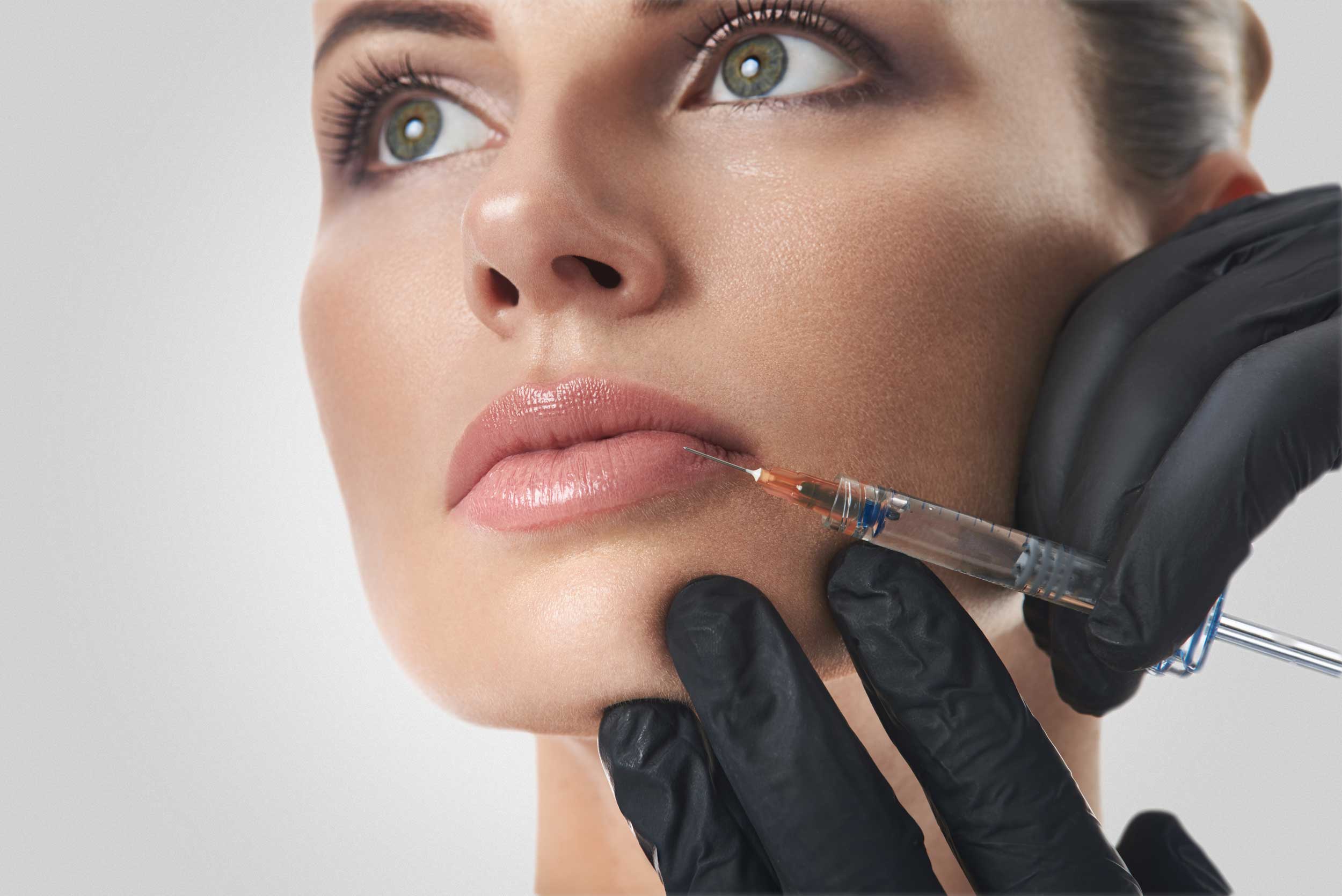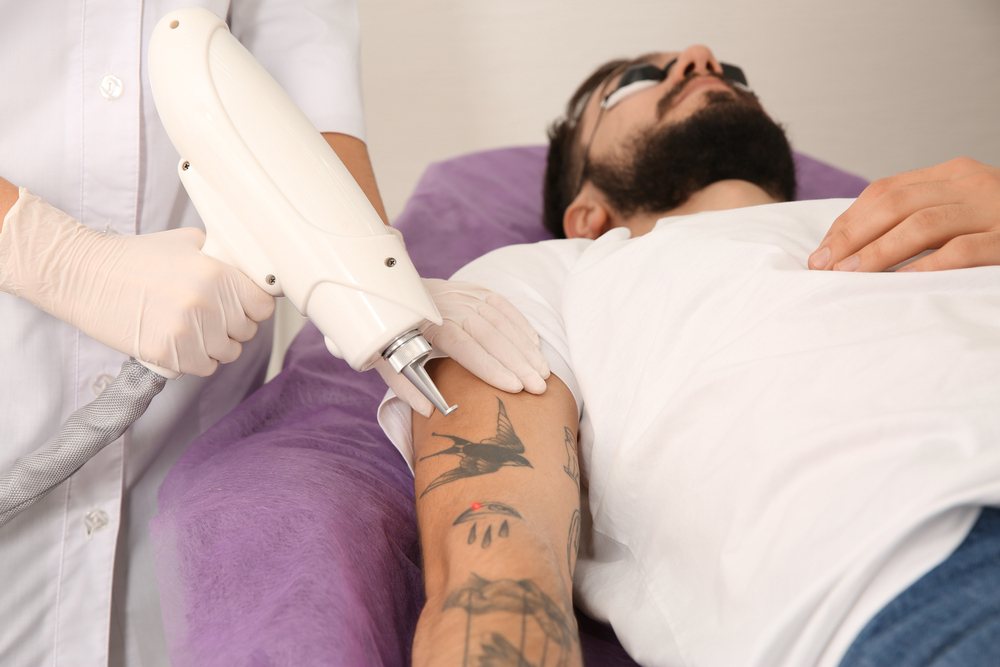
Warts are caused by the human papillomavirus (HPV), while rosacea is a chronic inflammatory skin condition that leads to redness, visible blood vessels, and facial bumps. Rosacea hasn’t been shown to increase your risk of developing warts. Understanding this distinction can help you address your skin concerns with clarity and make informed decisions about treatments, including wart removal.
What Are Warts?
Warts are non-cancerous skin growths caused by the human papillomavirus (HPV). They can appear anywhere on the body in various forms, such as common warts, plantar warts, and flat warts. Wart removal is often necessary as the virus enters through small cuts or breaks in the skin, causing rapid cell growth and forming the characteristic raised bumps.
HPV thrives in warm, damp environments and spreads through direct contact with infected surfaces or skin. This makes places like locker rooms and public showers common areas for transmission. Your immune system plays a key role in preventing warts and often helps existing warts go away naturally over time.
What is Rosacea?
Rosacea is a chronic skin condition that primarily affects the face, causing redness, visible blood vessels, and sometimes acne-like bumps. It also makes skin sensitive, dry, and easily irritated. Although experts haven’t pinpointed the exact cause, they believe genetics, immune system dysfunction, and environmental triggers play a role. People often manage rosacea by using medical treatments and making lifestyle adjustments to reduce symptoms and prevent flare-ups.
How to Identify Symptoms?
Proper treatment requires distinguishing between warts and rosacea-related skin changes. Warts usually appear as raised, rough-textured bumps with well-defined borders. Tiny blood vessels often create small black dots inside them. Warts can develop anywhere on the face or body.
In contrast, rosacea causes persistent redness, visible blood vessels, and inflammatory papules or pustules. These symptoms typically affect the central areas of the face. Unlike warts, rosacea bumps feel smooth and often appear during flare-ups, coming and going based on triggers.
Wart Removal Treatment Options
Several wart removal methods are available, and the choice depends on the wart’s location, size, and your individual circumstances. Cryosurgery, which involves freezing the wart with liquid nitrogen, is a standard treatment performed in medical offices. This method destroys the wart tissue by creating controlled frostbite.
Topical medications offer another approach to wart removal. Prescription-strength treatments containing ingredients like imiquimod which stimulates your immune system to fight the virus, while salicylic acid preparations help dissolve the wart tissue gradually over time. These treatments are often easy to use and can be applied in the comfort of your own home.
For stubborn warts that don’t respond to conventional treatments, laser therapy may be an option. This method utilizes focused light energy to destroy wart tissue and can be particularly beneficial for warts in challenging-to-treat locations. Other treatment options include surgical excision, electrocautery, and immunotherapy injections, depending on your specific situation and medical history.
Taking the Next Step
Warts and rosacea can occur together, but they are separate conditions that need different treatments. If you see new growths on your face, where rosacea symptoms often appear, consult a dermatologist for diagnosis and treatment. A healthcare professional can determine whether the issue is warts, rosacea-related bumps, or another skin condition. Treating these conditions early leads to better results for both wart removal and rosacea management.





